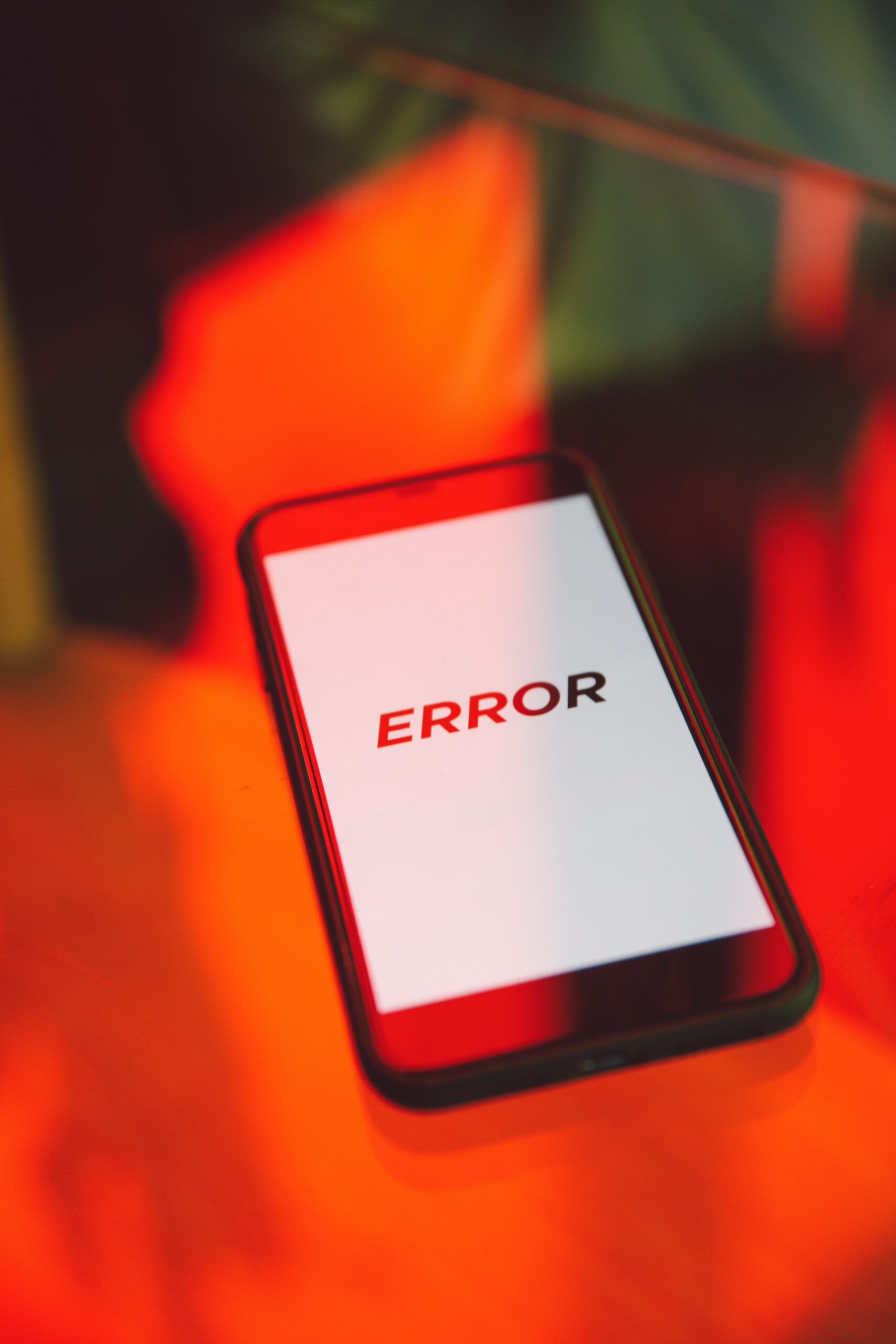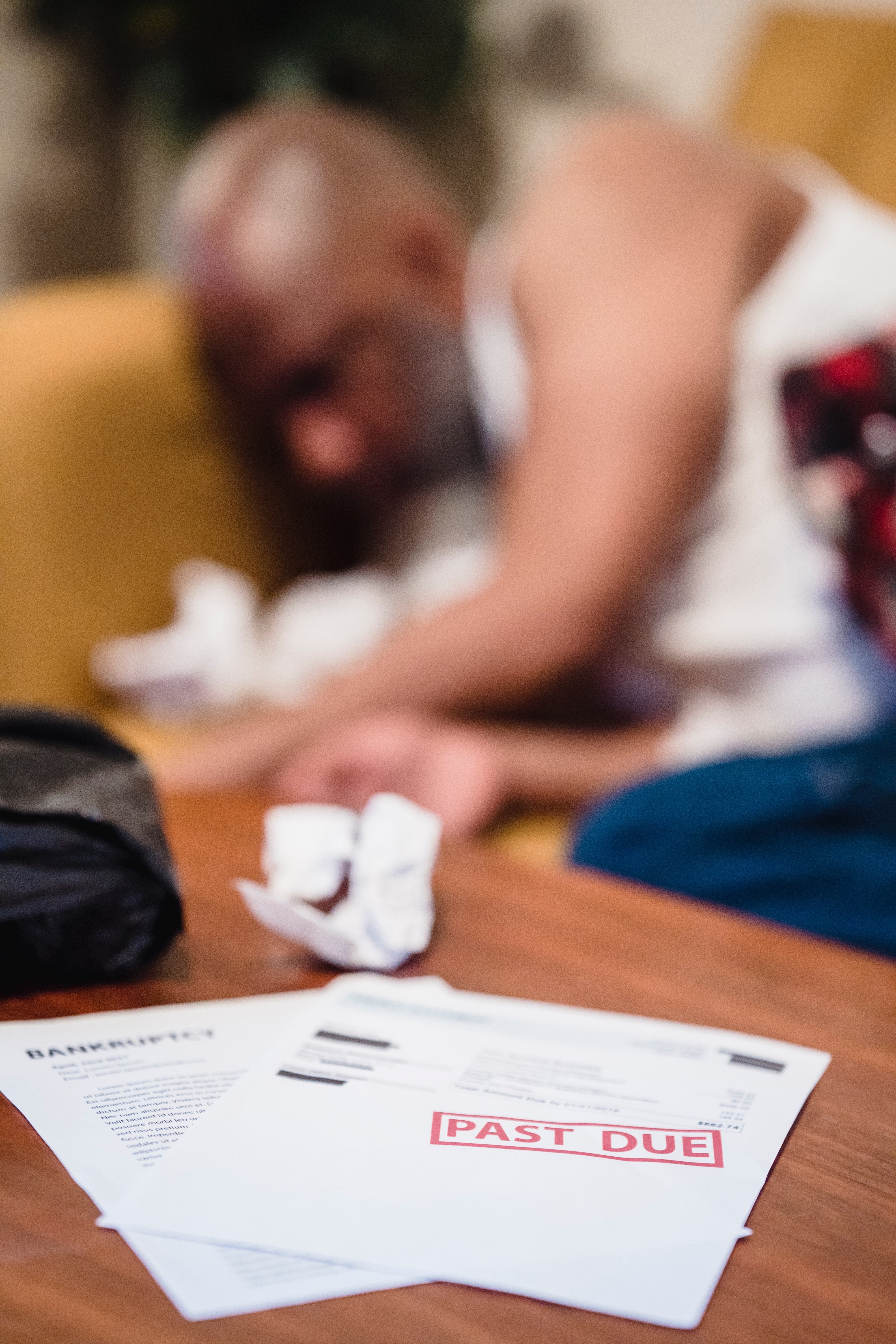Navigating Financial Troubles: Why Debt Consolidation Companies Often Fail and Why Bankruptcy Can Be a Better Solution
In today’s world, many individuals find themselves caught in the relentless grip of debt. For some, the idea of seeking professional help through debt consolidation companies appears as a glimmer of hope. These companies promise to merge your debts into one manageable payment, making your financial life more comfortable. However, in many cases, these promises fall short of reality, leaving individuals in deeper financial turmoil. In this blog post, we’ll explore why debt consolidation companies often fail to meet its goals and why bankruptcy can be a more effective and practical solution.
The Debt Consolidation Dilemma
Debt consolidation, in theory, seems like an ideal solution to ease the burden of multiple debts. Here’s how it typically works: a debt consolidation company combines all your debts into one lump sum and negotiates with your creditors for potentially lower interest rates. This consolidated debt is then repaid over an extended period, ideally with more manageable monthly payments. Sounds good, right? Unfortunately, the devil is in the details.
1. High Fees and Hidden Costs: Debt consolidation companies often charge substantial fees for their services, erasing any immediate financial benefit. These fees can eat into your savings and make the overall cost of the consolidation significantly higher.
2. Long Repayment Periods: While debt consolidation might lower your monthly payments, it often extends the repayment period significantly. You might be paying off your debt for many more years, accumulating more interest over time.
3. No Guarantee of Lower Interest Rates: Debt consolidation companies can negotiate lower interest rates with your creditors, but there are no guarantees. If your interest rates remain high, you’ll end up paying more in the long run.
4. No Addressing of the Root Cause: Debt consolidation doesn’t address the underlying financial issues that led to debt accumulation in the first place. Without fundamental changes in spending habits and financial literacy, individuals risk falling back into the debt cycle.
Bankruptcy: A Viable Alternative
While bankruptcy carries a certain stigma, it can often be a more effective solution for those struggling with overwhelming debt. Here’s why bankruptcy might be a better option:
1. Fresh Start: Bankruptcy provides a genuine fresh start by eliminating certain debts entirely. In Chapter 7 bankruptcy, for instance, unsecured debts like credit card balances can be discharged, offering relief and a clean slate.
2. Legal Protections: Once you file for bankruptcy, an automatic stay is put in place, stopping creditor harassment, wage garnishments, and legal actions. This legal protection can provide immense relief and peace of mind.
3. Shorter Process: Bankruptcy can be a faster process than lengthy debt consolidation repayment plans, allowing you to regain control of your finances sooner.
4. Financial Education: Many bankruptcy programs include financial counseling and education, equipping individuals with the tools to make better financial decisions moving forward.
5. A Lasting Solution: Unlike debt consolidation, bankruptcy addresses the root cause of your financial distress. It’s a fresh start that empowers you to rebuild your financial life responsibly.
The silver lining
While debt consolidation companies may promise a way out of financial hardship, they often fall short of their goals due to high fees, extended repayment periods, and no guarantees of lower interest rates. Bankruptcy, on the other hand, can offer a genuine fresh start, legal protections, a shorter process, and lasting solutions. It’s essential to consider all your options and consult with a bankruptcy attorney to determine the best path forward for your unique situation. Breaking free from the cycle of debt is possible, and bankruptcy can be a powerful tool to help you achieve financial stability and peace of mind.
Break the Cycle: How Bankruptcy Can Offer Financial Relief
In a recent Fox Business report, a striking statistic caught our attention: “Among consumers earning between $50,000 to $100,000 annually, 65% lived paycheck to paycheck as of July 2023, compared to 63% in July 2022.” This highlights a troubling trend where an increasing number of individuals find themselves trapped in a never-ending cycle of financial stress. Living paycheck to paycheck is not just a concern for those on lower incomes; it affects people across various income brackets.
Financial difficulties can arise for numerous reasons, including unexpected medical bills, job loss, or a series of poor financial decisions. When debt piles up and becomes overwhelming, it’s essential to explore potential solutions. One such option is bankruptcy, often seen as a last resort but, in reality, a powerful tool to regain control of one’s financial life.
Bankruptcy as a Fresh Start
Bankruptcy may seem like a daunting step to take, but it can be a lifeline for those drowning in debt. It offers individuals a chance for a fresh start, unburdened by crippling financial obligations. While it’s not a decision to be taken lightly, bankruptcy can provide several significant benefits:
1. Debt Discharge: The primary advantage of bankruptcy is the discharge of certain debts. In Chapter 7 bankruptcy, unsecured debts like credit card balances and medical bills can be wiped out entirely, giving individuals the opportunity to start anew.
2. Halt Collection Efforts: Once you file for bankruptcy, an automatic stay goes into effect, putting an immediate stop to collection calls, wage garnishments, and legal actions by creditors. This provides much-needed relief and breathing room.
3. Asset Protection: Depending on the type of bankruptcy, you may be able to keep essential assets, such as your home and vehicle, through exemptions.
4. Financial Education: Bankruptcy often involves financial counseling and education, helping individuals develop better money management skills to prevent future financial crises.
5. Improved Credit Over Time: While bankruptcy does affect your credit score, it’s not a permanent scar. With responsible financial behavior, you can rebuild your credit over time.
Breaking the Paycheck-to-Paycheck Cycle
For those living paycheck to paycheck, bankruptcy can be a strategic move to break the cycle. It eliminates the financial strain caused by unmanageable debt, allowing you to allocate your income more effectively and save for the future.
Consider this scenario: You’re earning a decent income, but most of it goes toward servicing debts, leaving little room for savings or emergencies. Bankruptcy can discharge these debts, freeing up a significant portion of your income. With careful budgeting and financial planning, you can create a stable financial foundation.
Conclusion
The rising number of individuals living paycheck to paycheck is a concerning trend in today’s society. However, it’s essential to remember that there are options available to break this cycle. Bankruptcy, when used wisely and as a last resort, can provide a way out from overwhelming debt and financial stress. It’s not a decision to be taken lightly, and it may have consequences, but it offers the opportunity for a fresh financial start and a chance to regain control of your economic future. If you find yourself struggling with debt, consider consulting a bankruptcy attorney to explore the best path forward for your unique situation.
Repossession is on the rise; Bankruptcy stops it dead in its tracks.
The COVID-19 pandemic wreaked havoc on the economy, leaving many people struggling to make ends meet. To help alleviate some of the financial strain, the government implemented a number of relief measures, including eviction and foreclosure moratoriums and loan forbearance programs. These measures also provided temporary relief for people who were struggling to keep up with car payments. However, as interest rates and auto prices continue to rise, many people are finding themselves at risk of repossession. In this blog post, we’ll explore why repossession rates are on the rise and how bankruptcy can help stop car repossessions.
Rising interest rates and auto prices
The pandemic has led to a shortage of new cars, which has caused prices to skyrocket. Additionally, interest rates have risen, making it more expensive to finance a car. This is a dangerous combination for people who are already struggling to make car payments. Many people are finding themselves in a situation where they owe more on their car than it’s worth, making it difficult to sell or trade in the vehicle.
The consequences of car repossession
When you finance a car, the lender has the right to repossess the vehicle if you fail to make payments. Repossession can have serious consequences, including damage to your credit score, legal fees, and the loss of your vehicle. Additionally, if the lender sells the car for less than you owe, you could be responsible for the difference.
How bankruptcy can help
Bankruptcy can be a powerful tool for stopping car repossession. When you file for bankruptcy, an automatic stay goes into effect, which prevents creditors from taking collection actions against you, including repossession. This means that if your car is about to be repossessed, filing for bankruptcy can provide immediate relief and give you time to figure out a plan to keep the car.
There are two types of bankruptcy that can help stop car repossession: Chapter 7 and Chapter 13. In a Chapter 7 bankruptcy, you can discharge most of your unsecured debt, including credit card debt and personal loans. This can free up money to help you make your car payments. Additionally, in some cases, you may be able to keep your car by reaffirming the debt, which means that you agree to continue making payments on the car.
In a Chapter 13 bankruptcy, you create a repayment plan that allows you to pay off your debts over a period of three to five years. This can give you time to catch up on missed car payments and get your finances back on track. Additionally, if you owe more on your car than it’s worth, you may be able to “cram down” the debt, which means that you only have to pay the current value of the car.
What it all means
The pandemic relief measures provided temporary relief for people who were struggling to make car payments, but as interest rates and auto prices continue to rise, many people are finding themselves at risk of repossession. If you’re in danger of losing your car, bankruptcy can be a powerful tool for stopping repossession and giving you time to figure out a plan to keep your vehicle. However, bankruptcy should not be taken lightly and should only be pursued after careful consideration and consultation with a bankruptcy attorney.
The Perils of Buy Now, Pay Later
The pandemic has upended many aspects of our lives, including the way we shop and pay for groceries. With inflation driving up prices and squeezing household budgets, more Americans are turning to buy now, pay later (BNPL) apps to make ends meet. These apps offer instant credit, allowing consumers to spread out their payments over time. However, while BNPL apps can be a convenient way to manage short-term cash flow issues, they can also lead to deeper debt problems in the long run.
The rise of Buy Now Pay Later apps
BNPL apps have been around for a few years, but they have gained significant traction during the pandemic. Companies like Affirm, Afterpay, and Klarna allow consumers to purchase goods online or in-store and split the cost into smaller, interest-free payments over time. This can be an attractive option for people who are struggling to make ends meet, as it allows them to spread out their payments and avoid taking on more debt through traditional credit cards.
The downside of BNPL
While BNPL apps can be a lifeline for people who are struggling financially, they can also lead to deeper debt problems. For one thing, these apps often have higher fees and interest rates than traditional credit cards, especially if you miss a payment. Additionally, BNPL apps can encourage people to overspend, as the smaller, more manageable payments can make purchases seem more affordable than they actually are.
The impact of inflation
With inflation on the rise, more Americans are turning to BNPL apps to help make ends meet. According to a recent survey by Credit Karma, nearly 40% of Americans have used a BNPL app in the past year. Of those, 26% said they did so because they couldn’t afford to pay for their purchases upfront.
Bankruptcy as a solution
For those who find themselves struggling with debt, bankruptcy can be a viable option for getting back on track. Bankruptcy allows individuals to discharge most of their unsecured debt, including credit card debt, Buy Now Pay Later debt and personal loans. While bankruptcy can have a negative impact on your credit score and make it harder to get credit in the immediate future, it can also provide a fresh start and a path to financial stability.
However, bankruptcy should not be taken lightly. It can have consequences and should only be pursued after careful consideration and consultation with a bankruptcy attorney. BNPL apps can be a convenient way to manage short-term cash flow issues, they can also lead to deeper debt problems in the long run. With inflation squeezing budgets and more Americans turning to BNPL apps to make ends meet, it’s important to be mindful of the potential pitfalls of these apps and to seek out help if you find yourself struggling with debt. Whether through bankruptcy or other means, there are options available for those who need help getting their finances back on track.
70% of American are feeling Financial Stress. Chapter 7 or 13 Bankruptcy can help.
According to a new CNBC survey, 70% of Americans are feeling financially stressed. This is not surprising given the economic challenges that many people have been facing in recent years. However, there are ways to address financial stress, and one of those ways is through bankruptcy.
Bankruptcy is often seen as a last resort for people who are struggling with debt. However, it can actually be a powerful tool for reducing financial stress and starting fresh. Bankruptcy can help people in several ways:
-
It can stop creditor harassment: When people fall behind on their bills, they often receive calls and letters from creditors demanding payment. This can be a source of constant stress and anxiety. Filing for bankruptcy can put an end to this harassment, as creditors are required to stop contacting debtors once they file.
-
It can eliminate unsecured debt: Bankruptcy can discharge many types of unsecured debt, such as credit card debt, medical bills, and personal loans. This means that people can get a fresh start without having to worry about these debts hanging over their heads.
-
It can prevent foreclosure or repossession: If people are behind on their mortgage or car payments, they may be at risk of losing their homes or vehicles. Filing for bankruptcy can stop the foreclosure or repossession process and give people time to catch up on their payments.
-
It can create a payment plan: Chapter 13 bankruptcy allows people to create a repayment plan for their debts. This can make it easier for people to manage their debts and can reduce financial stress.
Overall, bankruptcy can be a powerful tool for reducing financial stress and starting fresh. While it is not the right choice for everyone, it is important to consider all options when dealing with financial difficulties. If people are feeling overwhelmed by their debts, they may want to speak with a bankruptcy attorney to learn more about their options.





